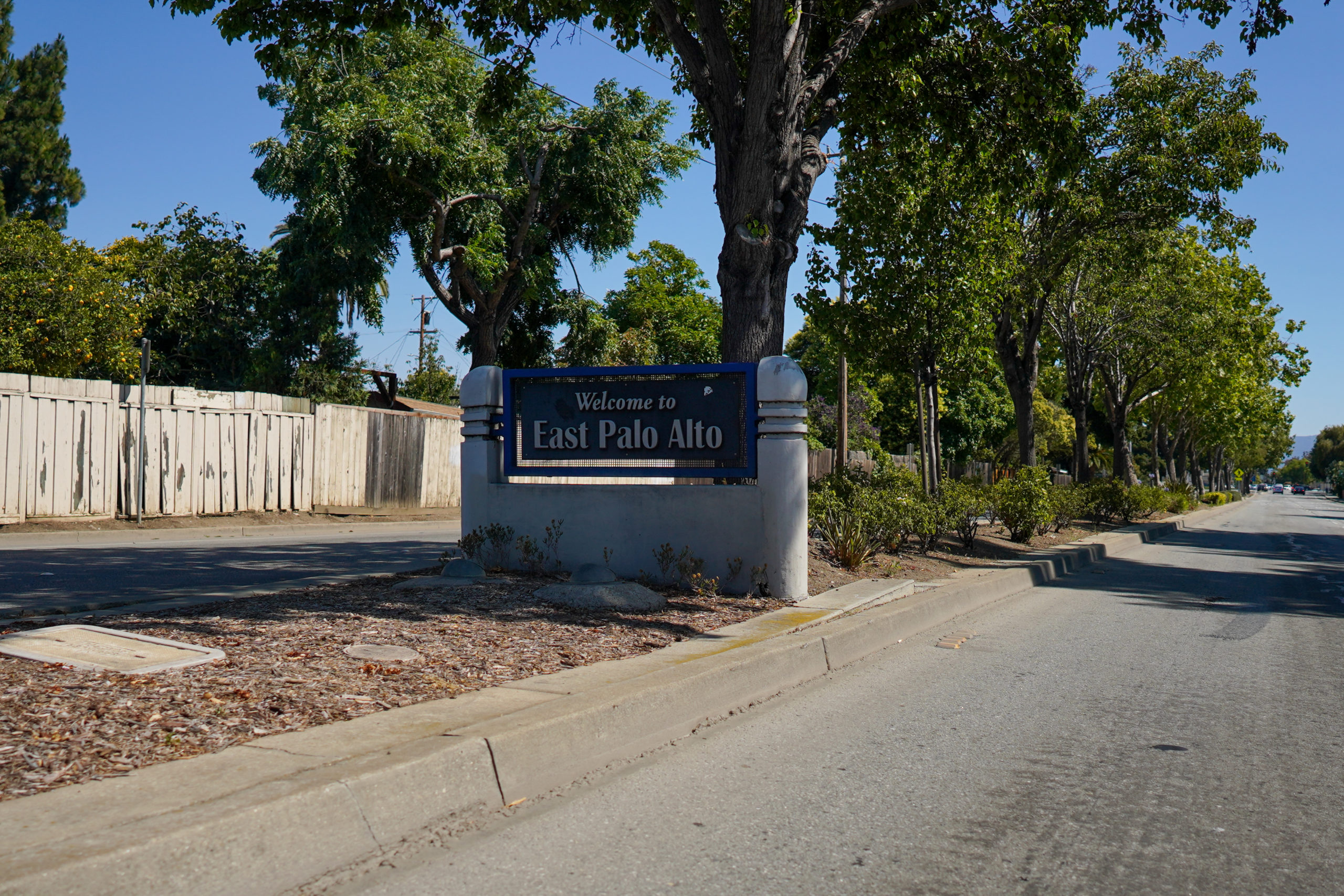The East Palo Alto Community Archive is made by and for the people of East Palo Alto. Together, we’ve coalesced our visions for an archive that honors the rich history of East Palo Alto (EPA) and keeps it alive as we build our futures in the city we call home. A community archive is created and maintained by members of the community to preserve and explore that community’s history. But, East Palo Alto is at once one community and many. That’s why the design of the Archive is being led by us, a diverse group of EPA residents — each bringing our own knowledge of EPA and our own hopes for the project. Words like, “accessible,” “kaleidoscope” and “authentic” have surfaced repeatedly in our conversations about how the Archive should feel.

We’re creating the Archive through an initiative we’re calling the EPA Community Archive Planning Project. In our planning meetings, we described the sights, sounds, and smells of our city. We answered questions like: “What types of information should we collect and how should it be organized?” “What types of programs should we offer?” “How do we make the community archive accessible and easy to use for East Palo Alto residents as well as others with an interest in our story?”
We discussed prominent people, places, events, movements and time periods in EPA’s history and envisioned online and offline components to the Archive. Online, there will be a dynamic and interactive website for anyone inside and outside of EPA to access artifacts, view collections, learn about the history of EPA and discover events and other programming. Offline, we’re hoping for an array of programming and a physical space for the Archive’s artifacts and events.
East Palo Alto resident, Vanessa Alexandra Smith, offered this abundant vision for the ways she’s hoping the Archive might be used:
“I can see young people using the Archive as a means to recognize their elders, family members, and community. It can be a space where items are housed to represent different eras in EPA. I can see interactive activities, such as, videos of families and individuals. An altar or wall that recognizes all of the Black and Latinx people that lost their lives in EPA. Even through the sadness and loss, there are moments to rejoice and remember our community members that have transitioned. There can be music, art, dances choreographed by EPA’s artists.“
Our hope is that students will come to the Archive for school projects, activists will learn from past political actions that originated in EPA, and children, and adults, will learn about and have a space to celebrate their ancestors and their neighbor’s ancestors. To that end, we’ve worked hard to make learning from the Archive easy. Under the Explore page you can search for artifacts, collections, or events by theme, community group, time period, media type, or by language. The Timeline page offers a chronological account of the historical periods in EPA and our Blog embellishes all of these with the voices of EPA residents. The Archive is a living and dynamic website – it’s your website and we hope you will use it, contribute to it, and share it.

